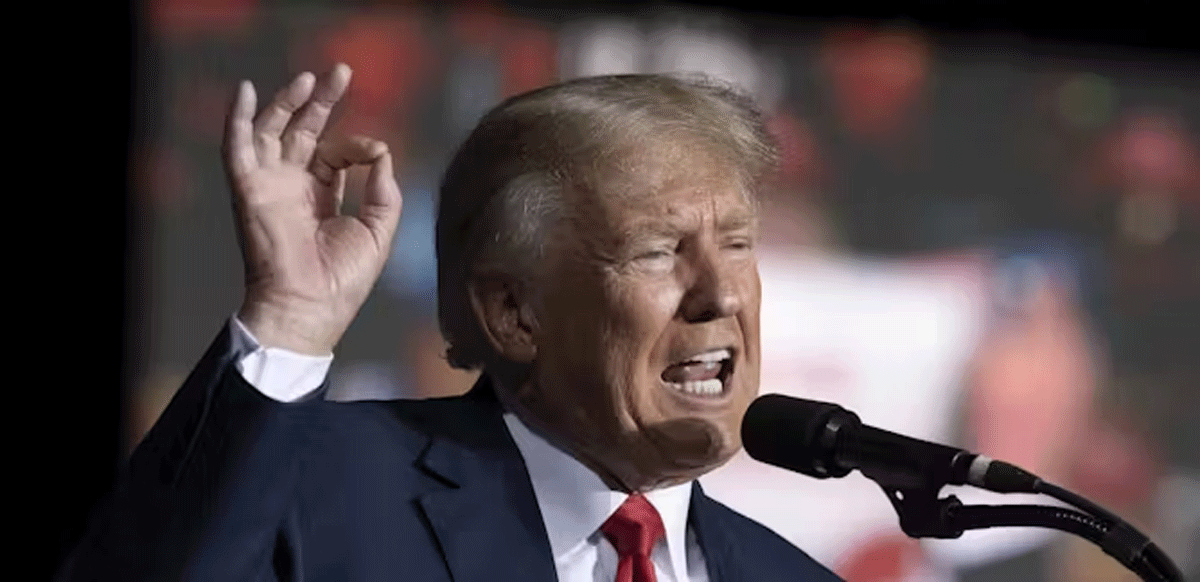Vietnam is emerging as a significant beneficiary of former U.S. President Donald Trump’s policies, particularly in his potential second term. Following SpaceX’s recent $1.5 billion investment, the Trump Organization has also announced plans for a $1.5 billion real estate project in Hung Yen.
Vietnam’s strategic advantage
According to Forbes, Vietnam has long been a hub for major corporations like Apple, Samsung, and Intel. With Trump’s proposed import tax policies targeting China, Mexico, and Canada, Vietnam is expected to attract even more manufacturing and foreign direct investment (FDI).
On November 25, Trump announced on his Truth Social platform that he would impose a 25% tariff on all imports from Mexico and Canada and an additional 10% tariff on goods from China. These measures are intended to reduce the U.S. trade deficit, lower food prices, and create domestic jobs.
While Trump has vowed to "repatriate industries" to the U.S., experts quoted by Forbes argue that a wholesale return of manufacturing is unlikely. Instead, production is expected to shift from China to other countries, with Vietnam positioned as a top destination due to its low labor costs, proximity to China, and strong free trade agreements (FTA).
Currently, Vietnam and Singapore are the only Southeast Asian countries with an FTA with the European Union, further enhancing Vietnam’s competitive edge.
A track record of success

During Trump’s first term, major corporations like Apple, Foxconn, and Intel relocated parts of their production to Vietnam. Most recently, Elon Musk’s SpaceX announced a $1.5 billion investment in the country. The Trump Organization’s planned luxury real estate development in Hung Yen underscores growing investor confidence.
Vietnam’s geographic proximity to China, coupled with its robust port infrastructure, simplifies logistics and trade operations. Additionally, Vietnam’s regulations now allow companies to purchase renewable energy directly from solar producers, a feature highly attractive to U.S. corporations.
Vietnam’s economy, with an average annual GDP growth rate of 6.2%, is among the fastest-growing in Southeast Asia. This economic dynamism positions the country to capitalize on high-value industries like technology, clean energy, and advanced manufacturing.
From low-cost manufacturing to high-tech innovation
Vietnam’s manufacturing evolution mirrors its shifting economic aspirations. While the 1990s saw Vietnam primarily producing footwear and textiles for brands like Nike and Adidas, the past two decades have brought billion-dollar investments from Samsung, LG, and Intel. These high-profile investments have drawn smaller suppliers and created a robust manufacturing ecosystem.
Vietnam’s exports to the U.S. have surged, particularly in electronics, with shipments nearly doubling between 2018 and 2019. Companies like Lego, Amazon, and Maersk are also increasing their footprint in the country.
Looking ahead, sectors such as high technology, logistics, and clean energy are poised to benefit the most. Vietnam’s ability to adapt to shifting global supply chains, coupled with its ongoing infrastructure development, positions it as a preferred destination for value-added manufacturing.
With increasing FDI and a focus on high-value industries, Vietnam has a unique opportunity to achieve its long-term goal of becoming a high-income country by 2045. Trump’s policy shifts, favoring Vietnam as an alternative to China, further bolster this trajectory.
As SpaceX and the Trump Organization set their sights on Vietnam, the question remains: who will follow next?
Manh Ha